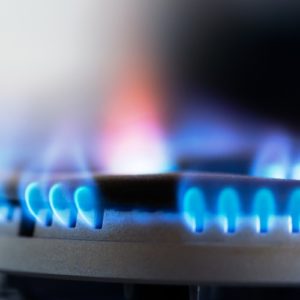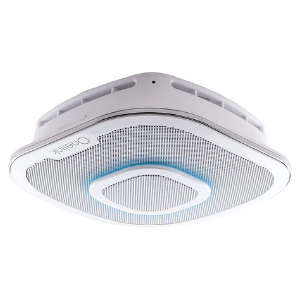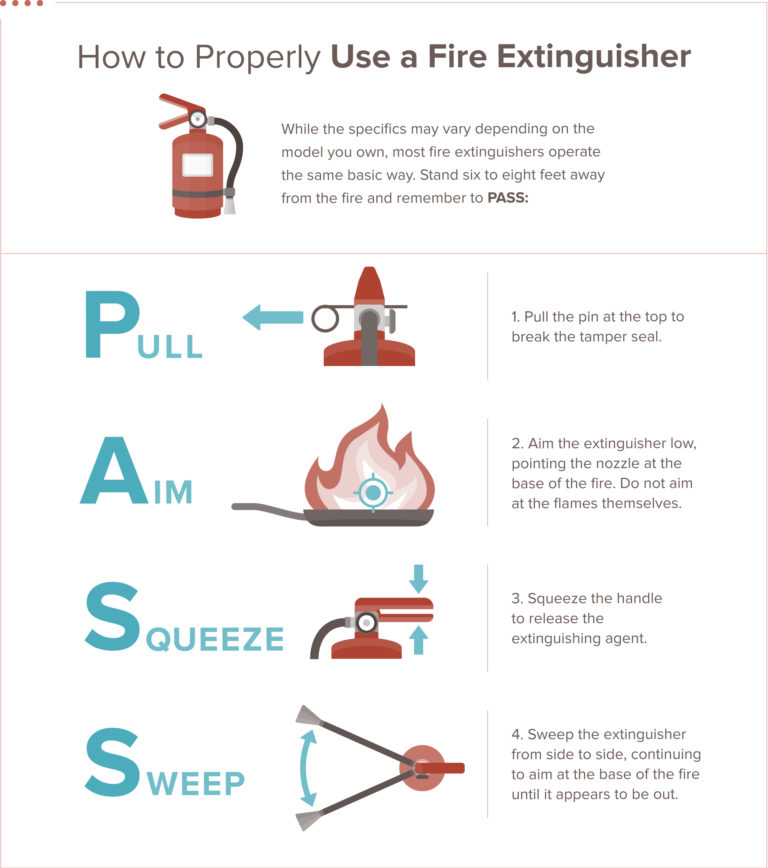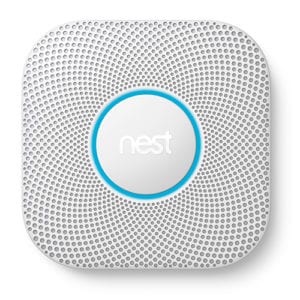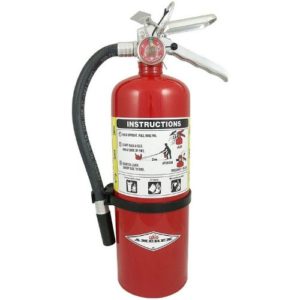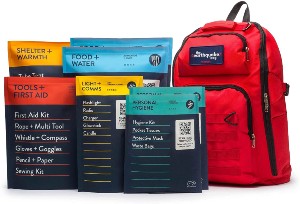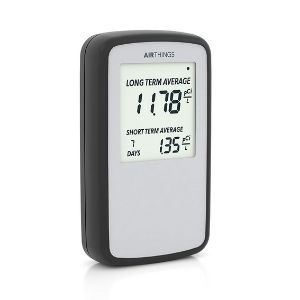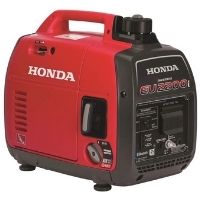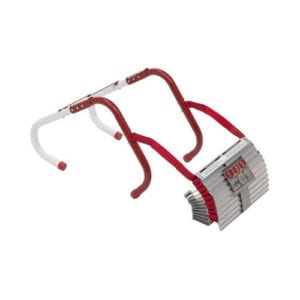Appliances like stoves and washing machines make daily life a lot easier, but they can also pose a fire hazard. According to the National Fire Protection Agency (NFPA), almost half of house fires start in the kitchen. Thankfully, there are a few ways to make every room in your home a little safer.
From family meals to midnight snacks, the kitchen may be the best room in the house. But with so many appliances in one place, it deserves a little extra attention.
When it’s time to get cooking, be sure your oven, stove, and any hot plates are far away from flammable items like curtains, rags, or chemicals. Don’t leave the room unattended if you can help it. And keep a fire extinguisher on hand in the kitchen in case of grease fires or other emergencies.
Start by taking a look at your mattress to make sure it contains flame-retardant chemicals inside. For extra protection, consider a flame-retardant mattress cover.
Good habits and smart fire safety practices can help prevent fires in the bedroom too. Electric blankets, smoking in bed, space heaters, and overloaded wall sockets are all hazards in the bedroom. If you smoke, take it outside. Only use electric blankets with automatic shut off abilities. And avoid overloading wall sockets and power strips with too many plugs.
If you have a fireplace, your living room or den may be a hot spot for fire hazards. Keep the stove or fireplace clean and clear of debris or flammable items (even when not in use). Having a Christmas tree near the fire sounds cozy, but it can be seriously dangerous without proper precautions.
When using your fireplace, keep the glass windows open and the metal screen shut. This allows air to enter the fireplace but keeps embers from jumping onto your floors. Use fire-safe tools like iron pokers to move around any logs inside. Never use your hands.
Here are some more fireplace safety tips.
The laundry room seems like an odd place for fire hazards until you remember that dryer lint is flammable. When it comes to common places in your home for fires to start, the laundry room sees its fair share. These high-powered appliances can overheat, especially if the vents aren’t cleared out regularly.
Grills, bonfires, and fireworks are obvious culprits for outside and backyard fires. But did you know potting soil is a fire hazard too? Fertilizer and some brands of potting soil contain flammable materials that can combust under heat or after someone ashes a cigarette.
Store your gardening supplies in a cool, dry area. And if anyone in your house smokes, be sure to provide them with a safe place to put out their cigarettes.
Whether it’s the grill or the summer sun, keep flammable products away from heat. Designate a cool, dark cupboard for flammable products and make sure all family members know where they go.
Keep combustible materials like paint and gasoline in their original containers. Store tightly closed paint containers upside down so the paint creates a seal. Gasoline should be stored in containers designed for gasoline. If a container develops a crack or leak, transfer its contents into a new container made of the same material as the original.
